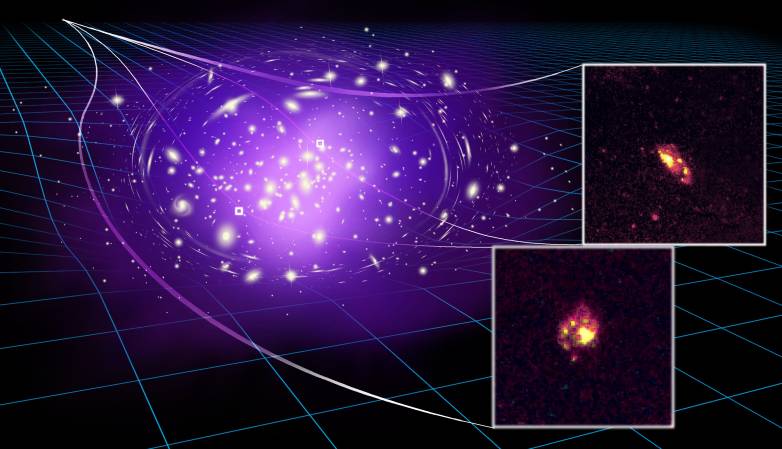Astronomers using the James Webb Space Telescope have unveiled a groundbreaking discovery: the farthest and oldest "dead" galaxy ever observed. This ancient relic, nicknamed JADES-GS-z7-01-QU, existed a mere 700 million years after the Big Bang, when the universe was still in its infancy. Notably, the galaxy appears to have ceased forming stars billions of years ago, earning it the moniker "dead."
This discovery, detailed in the journal Nature, challenges our current understanding of galaxy formation and evolution in the early universe. The existence of such an old "dead" galaxy throws existing models into question, prompting scientists to re-evaluate how galaxies quench their star formation so prematurely.
JADES-GS-z7-01-QU is located an estimated 13.4 billion light-years away. Due to the vast distance, the light we observe from this galaxy left it over 13 billion years ago, revealing the galaxy as it existed during that earlier epoch. Analyses of the faint starlight indicate that the galaxy underwent a brief, intense burst of star formation lasting between 30 and 90 million years. However, this burst abruptly stopped just 10 to 20 million years before the snapshot captured by the Webb telescope.
The cause of this abrupt halt in star formation remains a mystery. Astronomers have identified various processes that can quench star formation in galaxies, such as powerful outflows of gas triggered by the formation of massive stars or the infall of matter into supermassive black holes. However, the specific mechanism responsible for shutting down star formation in JADES-GS-z7-01-QU is yet to be determined.
The discovery of this "dead" galaxy not only pushes the boundaries of our observable universe but also presents a captivating puzzle for astronomers. Understanding the processes that govern star formation and quenching in the early universe is crucial for piecing together the grand narrative of galaxy evolution and the cosmos as a whole. By unraveling the mysteries surrounding JADES-GS-z7-01-QU, scientists hope to gain valuable insights into the diverse pathways galaxies forge during their cosmic journeys.
Further observations with the Webb telescope and other powerful instruments are planned to delve deeper into the properties of this enigmatic galaxy and its environment. These investigations hold the potential to shed light on the early universe and reshape our comprehension of galaxy formation and evolution in the first billion years after the Big Bang.

